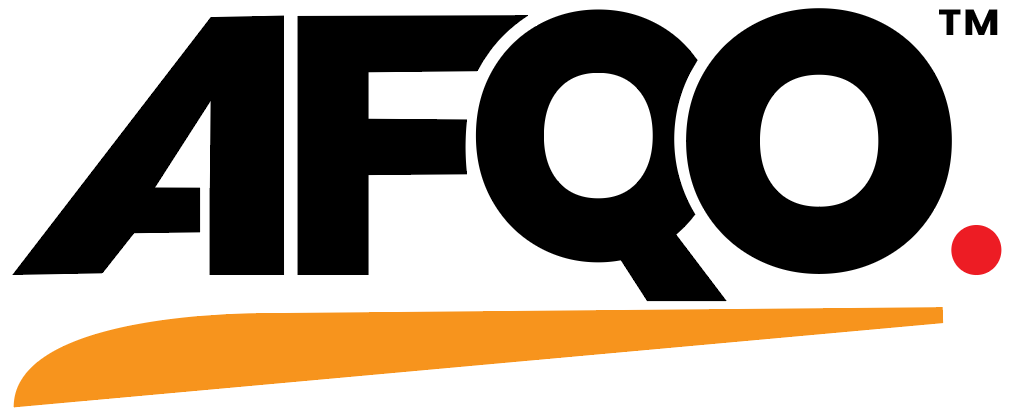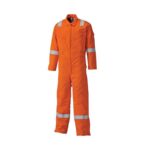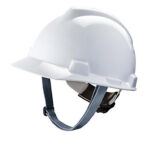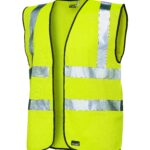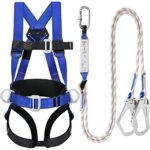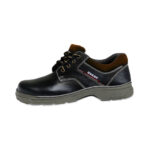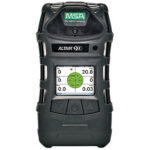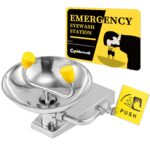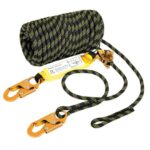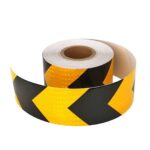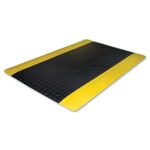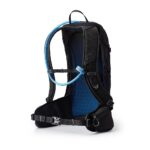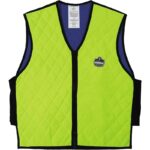Products
Enhance site safety with personal protective equipment (PPE)
Personal protective equipment, commonly referred to as “PPE”, is equipment worn to minimize exposure to hazards that cause serious workplace injuries and illnesses. These injuries and illnesses may result from contact with chemical, radiological, physical, electrical, mechanical, or other workplace hazards. Personal protective equipment may include items such as gloves, safety glasses and shoes, earplugs or muffs, hard hats, respirators, or coveralls, vests and full body suits.

Personal Protective Equipment (PPE)
- Flame-resistant coveralls
- Hard hats with chin straps
- Safety glasses with side shields
- Steel-toe boots with metatarsal guards
- High-visibility vests
- Chemical-resistant gloves
- Earplugs or earmuffs for hearing protection
- Respirators for air filtration
- Safety harnesses for working at heights
- Anti-slip safety shoes
- Personal flotation devices (PFDs) for water operations
- Protective headwear liners for cold weather
- Insulated gloves for extreme temperatures
- Safety goggles for chemical splash protection
- Welding helmets with auto-darkening features
- Non-sparking tools for work in flammable environments
- Hand protection creams for skin protection
Why is it important to wear safety equipment?
Wearing safety equipment fosters a culture of safety within workplaces and communities. It sends a message that safety is a priority and encourages others to follow suit, creating a safer environment for everyone. Knowing that you are adequately protected by safety gear can boost your confidence and allow you to focus better on your tasks. It also provides a level of comfort, allowing you to work without undue worry about potential accidents.

Safety Equipment
- Gas detection monitors
- Emergency eyewash stations
- Fire extinguishers
- First aid kits
- Lockout/tagout devices for machinery
- Fall protection equipment (e.g., lifelines, anchor points)
- Safety barricades and warning signs
- Spill containment kits for hazardous materials
- Safety showers for chemical exposure
- Reflective tape for marking equipment and vehicles
- Noise-canceling headphones for high-noise environments
- Heat stress prevention gear (e.g., cooling vests, hydration packs)
- Anti-fatigue mats for standing workstations
